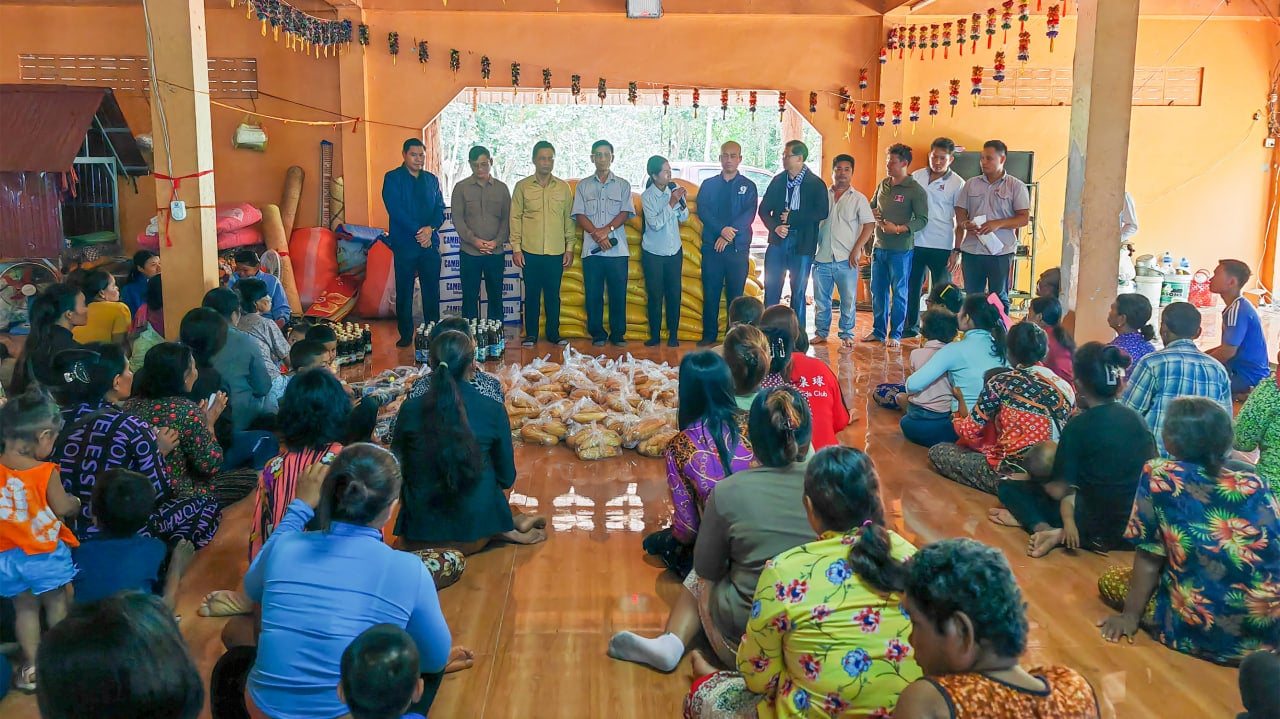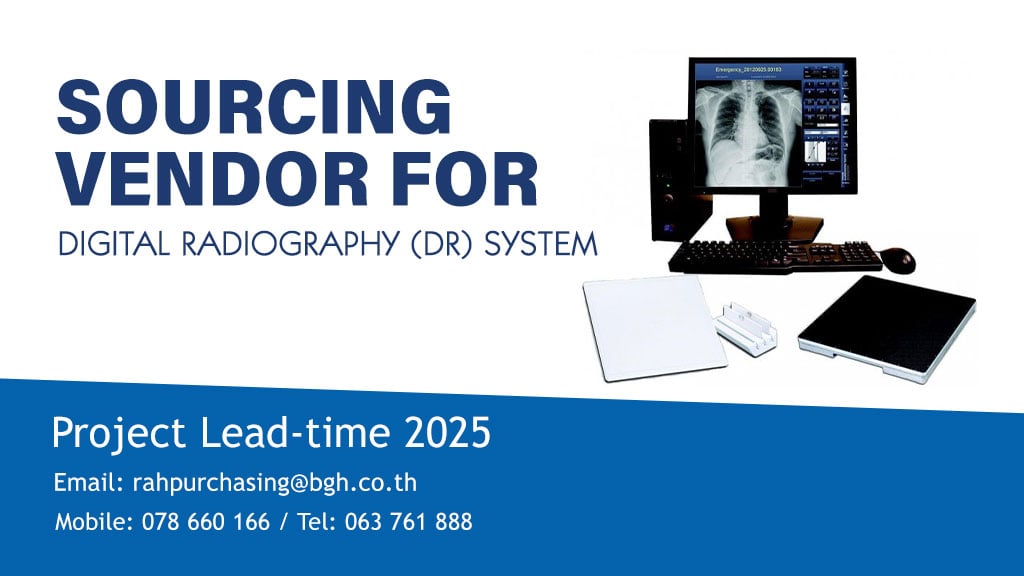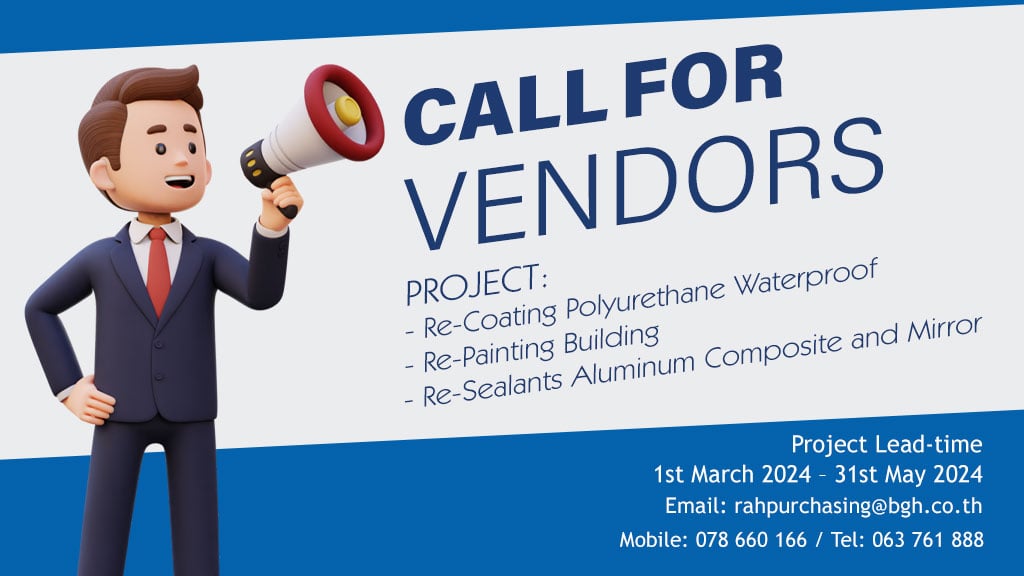4th Generation ESWL, Really better than the old generation one?
Now days, every modern surgeon aims to do every operation as non-invasively as possible. In the past, kidney stones had be done by open surgery, Luckily right now we have several methods to get rid of the stone without any wound or minimizing the wound. ESWL is one option for stone management we are going to talk about. The first ESWL machine was invented in Germany after World War 2. With the benefits of shockwave sound that can infiltrate into skin without any wound, it has been developed into the 4th generation machine which does not need to be done under anesthesia so the patient can save on unnecessary expenses in terms of the anaesthesiologist team, operative cost and hospital stay.
1st Generation ESWL machine is really big, being the size of around a big truck and the patient needed to be operated on under a full-filled water tank. Definitely, needed the anaesthesia within the water so everything was difficult and nearly impossible to do.
That’s why 2nd generation ESWL machine was invented to solve the problem of staying in a water tank for a long time. With this generation ESWL, the first ever-dry technique, the patient tended to be more comfortable during the procedure. But the cons still exist, for example, the machine was still big, the patient was still not comfortable and needed anesthesia due to the pain.
Commonly practiced all over the world right now, the 3rd generation ESWL machine is a lot more compact, more comfortable for the patient – allowing them lie down on the bed during operation. However, anaesthesia is still needed due to some shockwave pulse possibly missing the target and causing kidney pain.
Royal Phnom Penh hospital is the first and currently only hospital in Cambodia that has installed this technology. Even in Thailand most ESWL machines are still the previous 3rd generation that need to do shockwave under anaesthesia.
From the original paper from Taiwan, 4th generation ESWL reach 98.5% compared with 3rd generation one at 82.6% shockwave hit rate. The less missed target, the less pain patient will be experience. The pain is minimal so there is no need for any anaesthesia or even pain killers. The 12 mm of stone disappeared at 80% stone free rate within 3 months following up as reported.
With 1 year of experience in this machine, our success rate is around 70% (in every size of kidney stone). Strong patient satisfaction with no serious complications so far. Anyway, there are alternative management for the kidney stone and every procedure has pros and cons. The distinctive pro for 4th generation ESWL is day-care management and it is the least invasive for stone management. Is it worth to try before doing any harmful operation? Any questions you can come to visit me at the Urology clinic.
Dr. Soarawee Weerasopone
Minimally invasive Urologist
Royal Phnom Penh hospital







